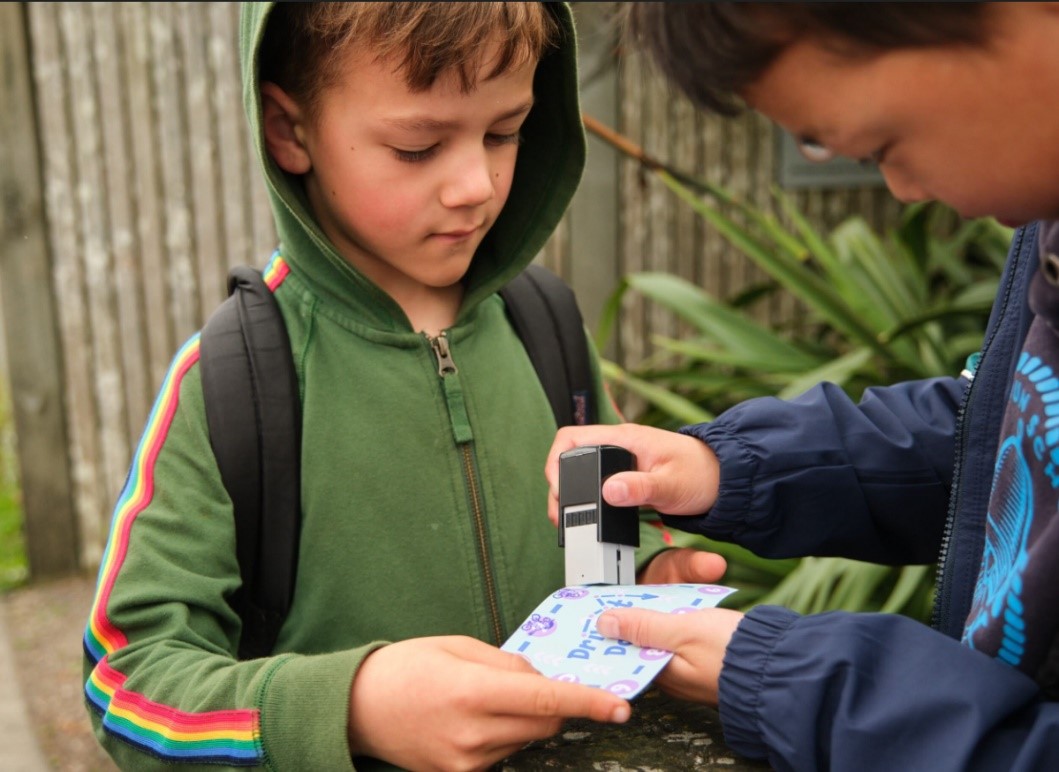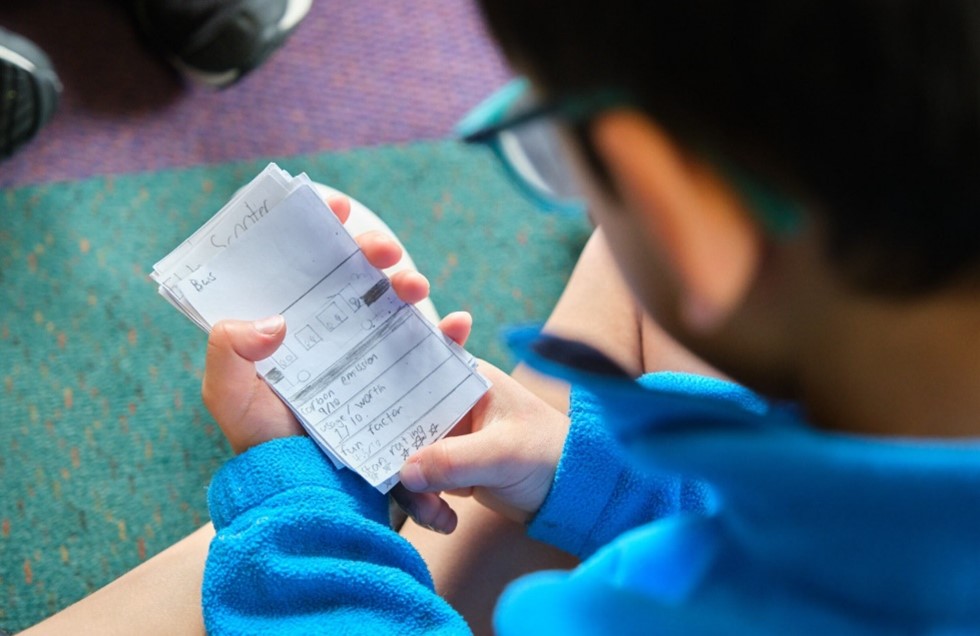Seatoun school is making the invisible visible
 Tamariki are making a difference one step, scoot and pedal at a time.
Tamariki are making a difference one step, scoot and pedal at a time.
Over the past two terms GNS Science has installed an atmospheric sensor at Seatoun and Silverstream schools, which has been monitoring the CO2 and CO concentrations outside the schools during both term time and during the holidays.
As part of this project students from both schools have challenged themselves to do what they can to reduce their carbon footprint through a two-week active transport campaign, which we are proud to support.
GNS Carbon Cycle Scientist Leigh Fleming, says “Transport contributes 90% of the average kiwi’s personal direct emissions – most people who drive to work and school can reduce their own emissions by around 20% simply by changing to low carbon transportation one day per week.”
From November 11, the students were on a quest to walk or wheel to school while the GNS Drive it Down! project team continued to measure greenhouse gas concentrations across the two-week campaign. For every trip to school by walking, scooter, bike or public transport they score a stamp for their ten-trip card where they’ll have the chance to win prizes.
Leading up to November 11, the students learned all about the carbon cycle, greenhouse gases and how they have the power to make a difference at a personal level. Putting this knowledge to use, the year 6 students created interactive activities to pass on what they learned to the younger students.
A year six student said, “We created a top trumps like game but with the aim of collecting the least number of points to show that your action can create less carbon emissions.”
The students hope that they can inspire others to think about how they can make a difference. Another student noted “My year two buddy recognized that rather than getting something that had a one-time use it’s better to do something that lasts longer and that you can enjoy for years. Something like planting a tree means you can play in it when it gets big and help the environment”.

